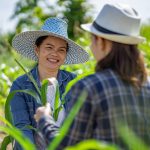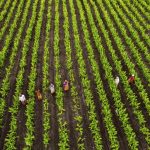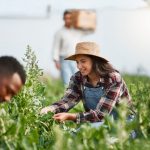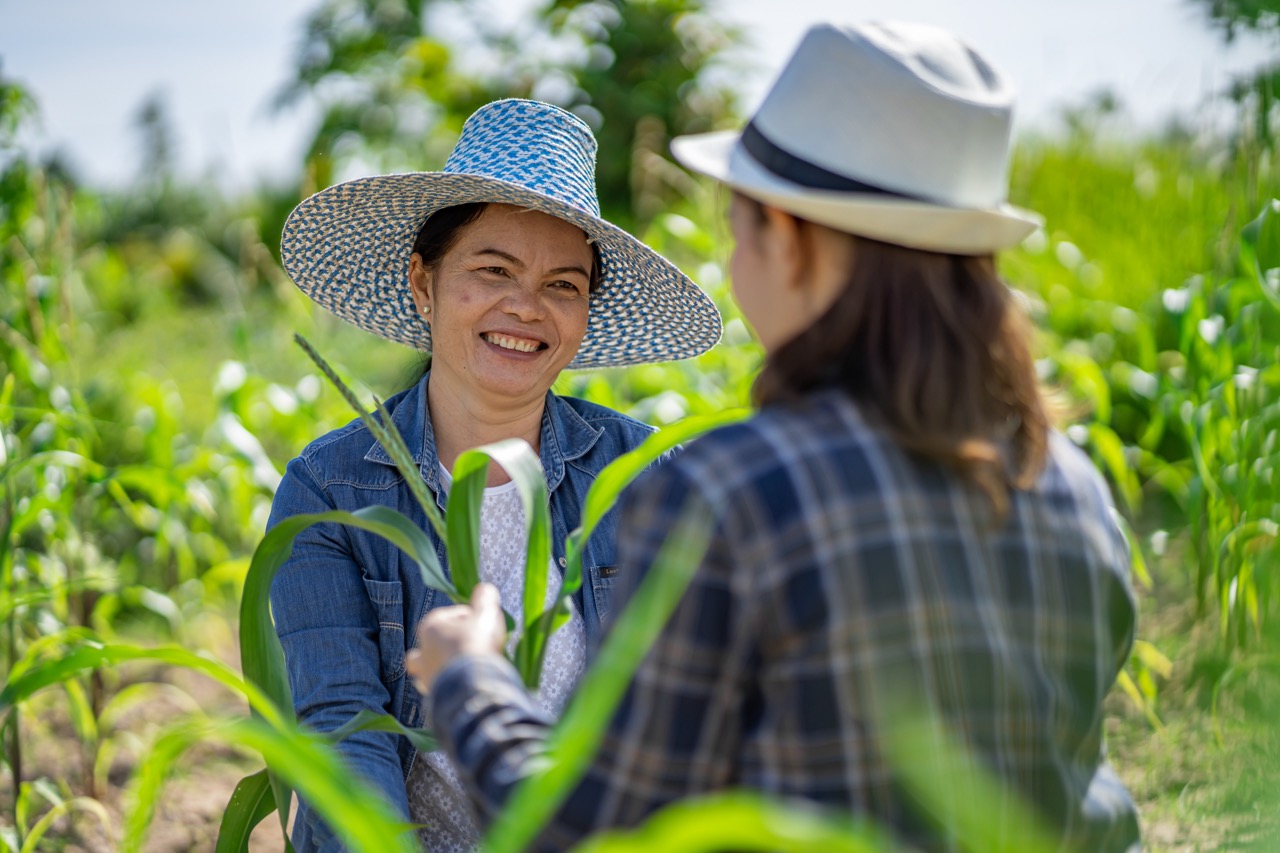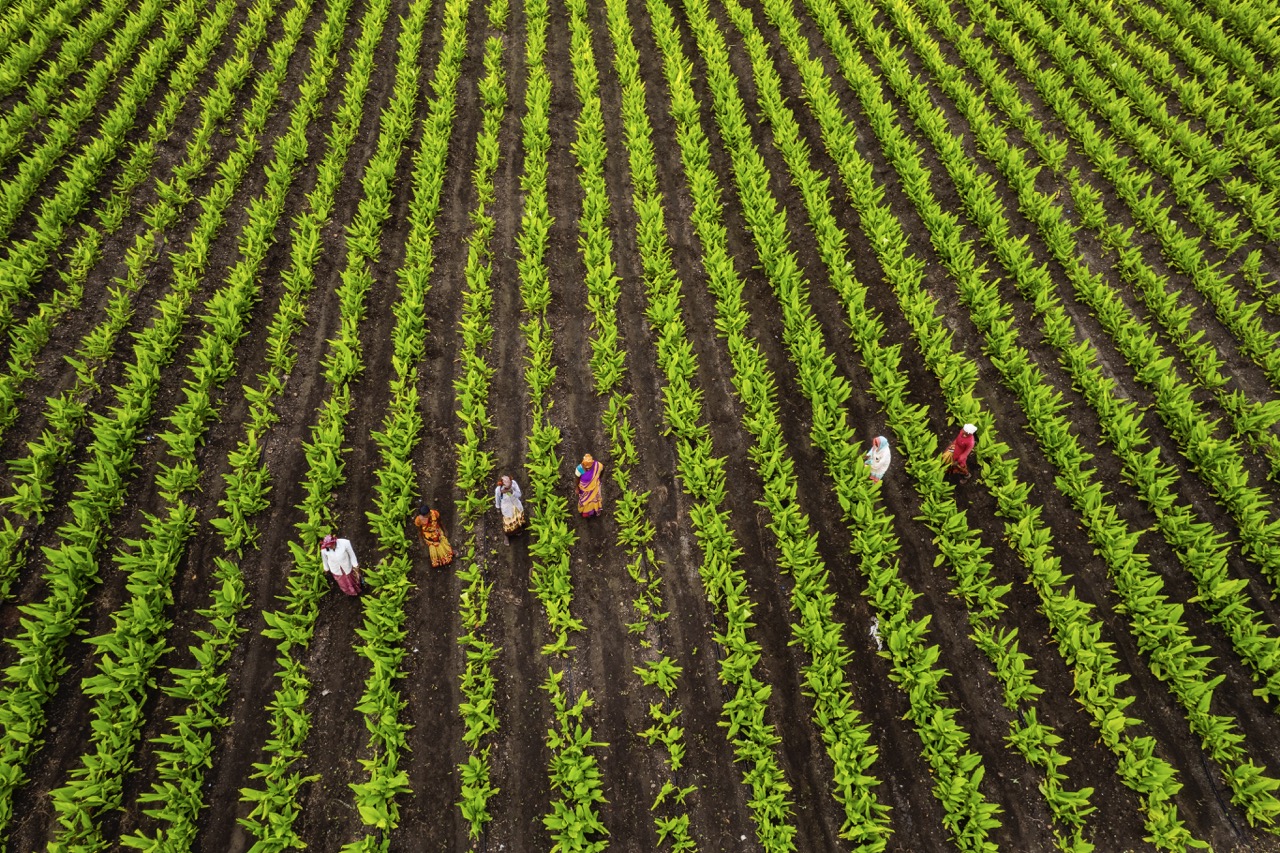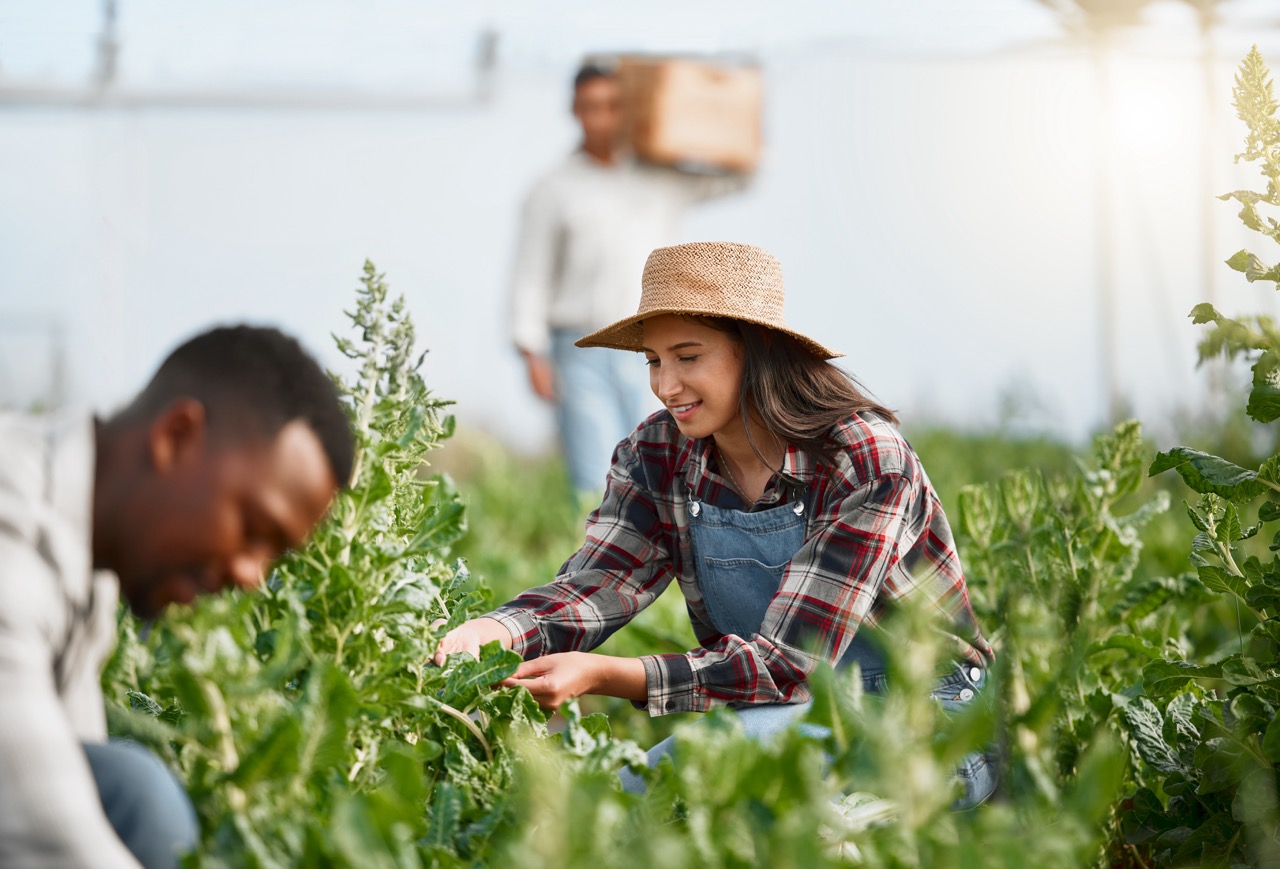Sharecropping, often viewed through the lens of its historical context, can offer valuable insights and practices that align with modern sustainability goals in agriculture. This traditional farming model, grounded in collaboration and shared resources, holds potential in transitioning to more sustainable farming practices. As the world grapples with climate change and the need for more sustainable food systems, examining the role of sharecropping can illuminate paths towards ecological resilience, economic empowerment, and innovative agricultural techniques.
The Legacy of Sharecropping: A Sustainable Farming Model
Historically rooted in the post-Civil War era, sharecropping emerged as a compromise between landowners and laborers, offering a means of livelihood while maintaining agricultural production. While it has often been criticized for its exploitative nature, the model inherently embodies principles of shared responsibility and resource management. By pooling resources and labor, sharecroppers can contribute to the efficient use of land, reducing waste and promoting a symbiotic relationship with the environment.
Today, this model can be reimagined to emphasize sustainable practices that prioritize soil health, biodiversity, and ecosystem balance. Sharecropping can facilitate the adoption of organic farming techniques and permaculture principles, as collective efforts enable farmers to experiment with and implement diverse cropping systems. These systems can enhance soil fertility, reduce the need for chemical inputs, and foster resilience against pests and diseases, aligning with contemporary sustainable agriculture goals.
Moreover, by working together, sharecroppers can better manage collective resources, leading to improved land stewardship. This collaborative approach ensures that land is not exploited but instead nurtured, fostering a long-term commitment to sustainability. In this way, sharing resources and knowledge can create a legacy of sustainable farming practices that not only benefit the immediate community but also contribute to broader environmental goals.
Empowering Farmers: The Economic Benefits of Sharecropping
One of the most significant advantages of sharecropping is its economic accessibility. Many new and marginalized farmers face barriers such as high land costs, lack of credit, and insufficient technical support. Sharecropping provides a pathway to entry for these individuals, allowing them to cultivate land without the heavy financial burden of ownership. This model can bring together farmers with varying levels of capital, skills, and knowledge to share the risks and rewards of farming.
The economic benefits of sharecropping extend beyond mere access to land. By pooling resources, farmers can achieve economies of scale in purchasing supplies and sharing equipment, lowering individual costs. This collaboration can also lead to the establishment of cooperative marketing strategies, enhancing their bargaining power in the marketplace. As sharecroppers collectively market their products, they can secure better prices, ensuring fair compensation for their efforts.
Additionally, the economic stability fostered through sharecropping can translate into sustainable farming practices. When farmers are economically empowered, they are more likely to invest in sustainable technologies and practices that enhance productivity while minimizing environmental impact. This dynamic creates a positive feedback loop: a stable economic foundation leads to sustainable practices, which in turn fosters resilience and long-term success in the agriculture sector.
Bridging Tradition and Innovation in Agriculture Practices
Sharecropping is a traditional model that can serve as a bridge to innovative agricultural practices. By fostering an environment of collaboration, sharecroppers can open up avenues for knowledge exchange and experimentation with new farming techniques. This sharing of knowledge can encourage the adoption of agroecological practices, which leverage local ecosystems and biodiversity to enhance productivity sustainably.
Innovation in sharecropping can also arise from partnerships with agricultural research institutions and NGOs, which can provide technical assistance and training. Such collaborations can introduce cutting-edge techniques, such as precision agriculture, integrated pest management, and regenerative farming practices, tailored to the unique needs of a sharecropping community. This integration of traditional wisdom with modern advancements can result in practices that not only boost yields but also enhance environmental health.
By creating a culture of innovation within the sharecropping framework, farmers can adapt to changing climatic conditions and market demands. This resilience is crucial as agriculture faces increasingly unpredictable weather patterns and shifting consumer preferences. Through a commitment to continuous learning and adaptation, sharecropping can evolve into a dynamic model that reflects both tradition and innovation, ultimately leading to a more sustainable agricultural landscape.
Future Perspectives: Sharecropping’s Role in Sustainability
As environmental challenges grow more pressing, the role of sharecropping in fostering sustainable agriculture has never been more pertinent. This model can serve as a framework for building resilient food systems that respond to climate change and promote social equity. By creating networks of sharecroppers who prioritize environmental stewardship, communities can collectively address sustainability challenges while ensuring food security for future generations.
Looking forward, the integration of technology in sharecropping practices holds promise for enhancing sustainability. Digital platforms can facilitate communication and resource sharing among sharecroppers, allowing for real-time data on weather patterns, market prices, and sustainable practices. This connectivity can empower farmers to make informed decisions that benefit both their livelihoods and the environment, creating a robust ecosystem of support and innovation.
In addition, policymakers and agricultural organizations should recognize the potential of sharecropping in achieving sustainability goals. By providing support structures, such as access to financial resources, training, and infrastructure, stakeholders can help revitalize sharecropping as a viable model for sustainable agriculture. Ultimately, acknowledging and investing in sharecropping can lead to transformative changes in the agricultural landscape, making it a cornerstone of a sustainable future.
The evolution of sharecropping from a historical relic to a contemporary model for sustainable farming highlights the potential for innovation rooted in tradition. By empowering farmers, bridging traditional practices with modern techniques, and positioning sharecropping as a strategic component of sustainable agriculture, we can create a resilient food system that benefits communities and the environment alike. As we navigate the complexities of the 21st century, embracing the lessons of sharecropping may be essential in the quest for a sustainable agricultural future.
